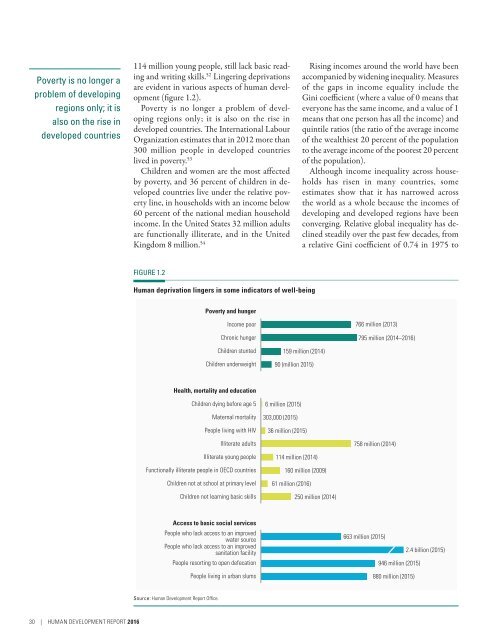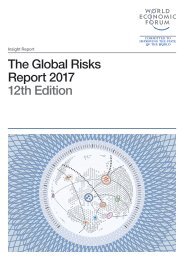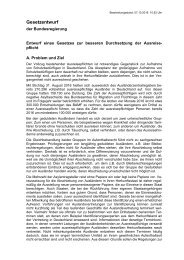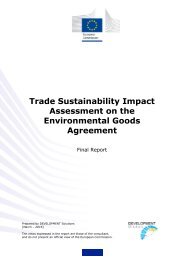Human Development Report 2016
6Tyccfrzw
6Tyccfrzw
Create successful ePaper yourself
Turn your PDF publications into a flip-book with our unique Google optimized e-Paper software.
Poverty is no longer a<br />
problem of developing<br />
regions only; it is<br />
also on the rise in<br />
developed countries<br />
114 million young people, still lack basic reading<br />
and writing skills. 52 Lingering deprivations<br />
are evident in various aspects of human development<br />
(figure 1.2).<br />
Poverty is no longer a problem of developing<br />
regions only; it is also on the rise in<br />
developed countries. The International Labour<br />
Organization estimates that in 2012 more than<br />
300 million people in developed countries<br />
lived in poverty. 53<br />
Children and women are the most affected<br />
by poverty, and 36 percent of children in developed<br />
countries live under the relative poverty<br />
line, in households with an income below<br />
60 percent of the national median household<br />
income. In the United States 32 million adults<br />
are functionally illiterate, and in the United<br />
Kingdom 8 million. 54<br />
Rising incomes around the world have been<br />
accompanied by widening inequality. Measures<br />
of the gaps in income equality include the<br />
Gini coefficient (where a value of 0 means that<br />
everyone has the same income, and a value of 1<br />
means that one person has all the income) and<br />
quintile ratios (the ratio of the average income<br />
of the wealthiest 20 percent of the population<br />
to the average income of the poorest 20 percent<br />
of the population).<br />
Although income inequality across households<br />
has risen in many countries, some<br />
estimates show that it has narrowed across<br />
the world as a whole because the incomes of<br />
developing and developed regions have been<br />
converging. Relative global inequality has declined<br />
steadily over the past few decades, from<br />
a relative Gini coefficient of 0.74 in 1975 to<br />
FIGURE 1.2<br />
<strong>Human</strong> deprivation lingers in some indicators of well-being<br />
Poverty and hunger<br />
Income poor<br />
Chronic hunger<br />
766 million (2013)<br />
795 million (2014–<strong>2016</strong>)<br />
Children stunted<br />
Children underweight<br />
159 million (2014)<br />
90 (million 2015)<br />
Health, mortality and education<br />
Children dying before age 5<br />
Maternal mortality<br />
People living with HIV<br />
6 million (2015)<br />
303,000 (2015)<br />
36 million (2015)<br />
Illiterate adults<br />
758 million (2014)<br />
Illiterate young people<br />
Functionally illiterate people in OECD countries<br />
Children not at school at primary level<br />
Children not learning basic skills<br />
114 million (2014)<br />
160 million (2009)<br />
61 million (<strong>2016</strong>)<br />
250 million (2014)<br />
Access to basic social services<br />
People who lack access to an improved<br />
water source<br />
People who lack access to an improved<br />
sanitation facility<br />
People resorting to open defecation<br />
People living in urban slums<br />
663 million (2015)<br />
2.4 billion (2015)<br />
946 million (2015)<br />
880 million (2015)<br />
Source: <strong>Human</strong> <strong>Development</strong> <strong>Report</strong> Office.<br />
30 | HUMAN DEVELOPMENT REPORT <strong>2016</strong>
















